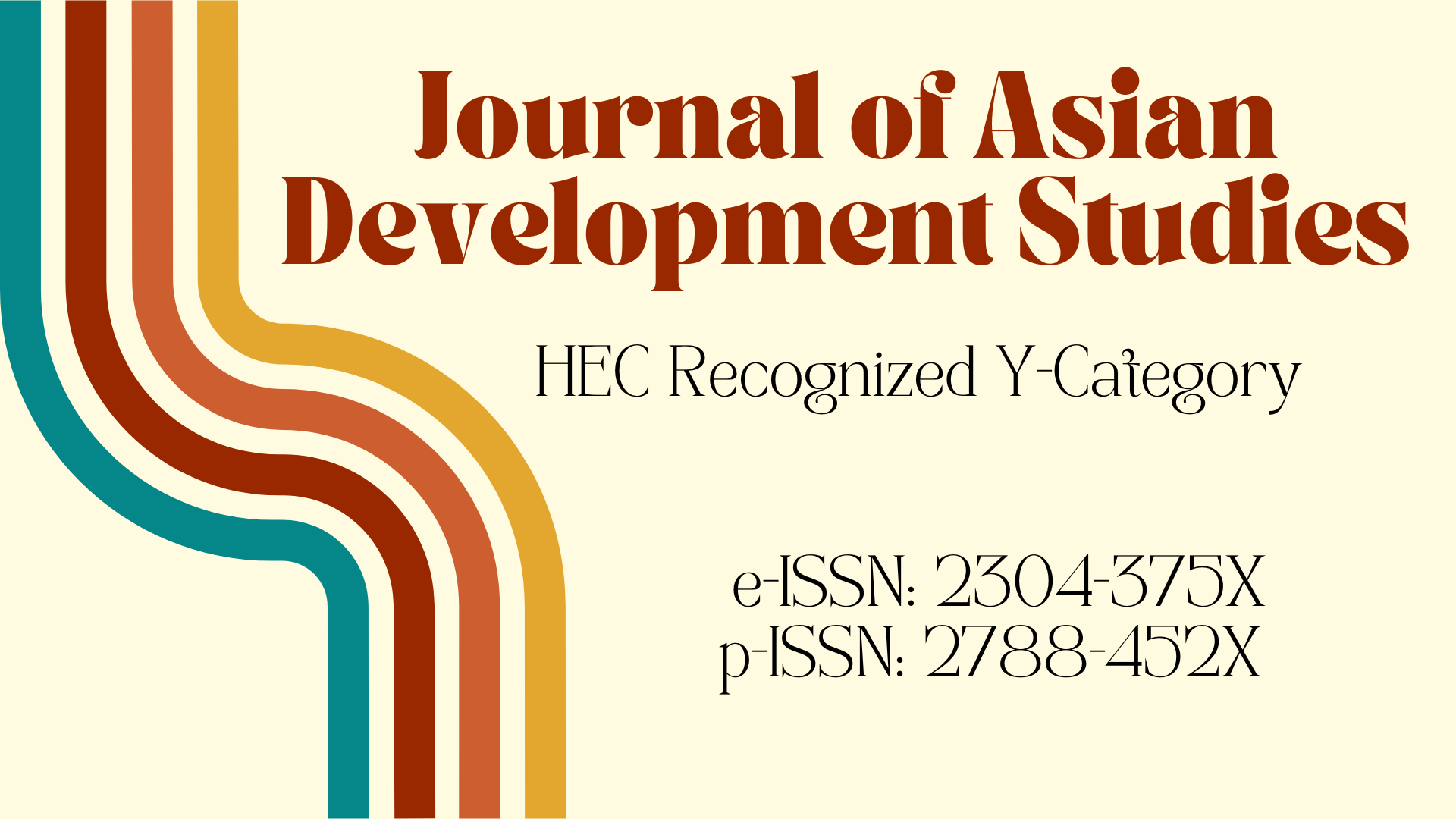Predicting Engagement and Performance Through Firm's Internal Factors in Textile Sector of Karachi
DOI:
https://doi.org/10.62345/jads.2025.14.1.68Keywords:
Firm Performance, Internal Sector, Textile SectorAbstract
This study aims to investigate the impact of internal firm factors such as work-life balance (WLB), internal communication (IC), and reward and recognition (RR) on employee engagement (EE), and consequently, the effect of employee engagement on employee performance (EP) within the textile sector of Karachi. The study's main purpose is to provide empirical evidence supporting effective human resource practices and policies to improve overall firm performance. Findings from the study revealed significant relationships between work life balance, internal communication, reward and recognition and employee engagement, with work life balance having the strongest impact on employee engagement. Furthermore, employee engagement demonstrated a strong positive effect on employee performance, suggesting that higher levels of engagement are likely to improve employee performance. The study reaffirms the importance of effective human resource practices, particularly work life balance and RR, in promoting employee engagement and enhancing employee performance. It also highlights the need for organizations in the textile industry to strategically prioritize these areas to boost productivity and improve overall performance. The findings underscore the potential benefits of nurturing an engaged workforce within the textile sector in Karachi.
Downloads
Downloads
Published
Issue
Section
License

This work is licensed under a Creative Commons Attribution 4.0 International License.
License Terms
All articles published by Centre for Research on Poverty and Attitude are made immediately available worldwide under an open access license. This means:
- everyone has free and unlimited access to the full-text of all articles published in Centre for Research on Poverty and Attitude's journals;
- everyone is free to re-use the published material if proper accreditation/citation of the original publication is given.




